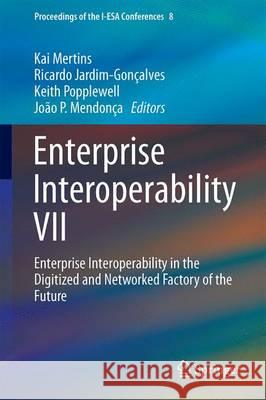Enterprise Interoperability VII: Enterprise Interoperability in the Digitized and Networked Factory of the Future » książka
topmenu
Enterprise Interoperability VII: Enterprise Interoperability in the Digitized and Networked Factory of the Future
ISBN-13: 9783319309569 / Angielski / Twarda / 2016 / 344 str.
Enterprise Interoperability VII: Enterprise Interoperability in the Digitized and Networked Factory of the Future
ISBN-13: 9783319309569 / Angielski / Twarda / 2016 / 344 str.
cena 806,99
(netto: 768,56 VAT: 5%)
Najniższa cena z 30 dni: 771,08
(netto: 768,56 VAT: 5%)
Najniższa cena z 30 dni: 771,08
Termin realizacji zamówienia:
ok. 22 dni roboczych
Dostawa w 2026 r.
ok. 22 dni roboczych
Dostawa w 2026 r.
Darmowa dostawa!
Kategorie:
Kategorie BISAC:
Wydawca:
Springer
Seria wydawnicza:
Język:
Angielski
ISBN-13:
9783319309569
Rok wydania:
2016
Wydanie:
2016
Numer serii:
000447305
Ilość stron:
344
Waga:
7.28 kg
Wymiary:
23.5 x 15.5
Oprawa:
Twarda
Wolumenów:
01
Dodatkowe informacje:
Wydanie ilustrowane











